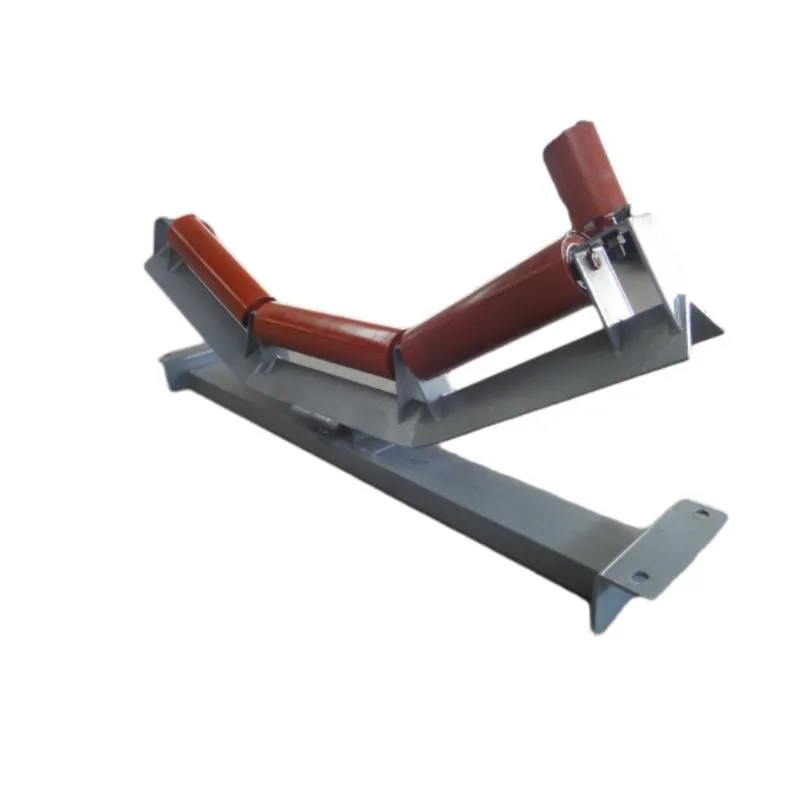 Afrikaans
Afrikaans  Albanian
Albanian  Amharic
Amharic  Arabic
Arabic  Armenian
Armenian  Azerbaijani
Azerbaijani  Basque
Basque  Belarusian
Belarusian  Bengali
Bengali  Bosnian
Bosnian  Bulgarian
Bulgarian  Catalan
Catalan  Cebuano
Cebuano  Corsican
Corsican  Croatian
Croatian  Czech
Czech  Danish
Danish  Dutch
Dutch  English
English  Esperanto
Esperanto  Estonian
Estonian  Finnish
Finnish  French
French  Frisian
Frisian  Galician
Galician  Georgian
Georgian  German
German  Greek
Greek  Gujarati
Gujarati  Haitian Creole
Haitian Creole  hausa
hausa  hawaiian
hawaiian  Hebrew
Hebrew  Hindi
Hindi  Miao
Miao  Hungarian
Hungarian  Icelandic
Icelandic  igbo
igbo  Indonesian
Indonesian  irish
irish  Italian
Italian  Japanese
Japanese  Javanese
Javanese  Kannada
Kannada  kazakh
kazakh  Khmer
Khmer  Rwandese
Rwandese  Korean
Korean  Kurdish
Kurdish  Kyrgyz
Kyrgyz  Lao
Lao  Latin
Latin  Latvian
Latvian  Lithuanian
Lithuanian  Luxembourgish
Luxembourgish  Macedonian
Macedonian  Malgashi
Malgashi  Malay
Malay  Malayalam
Malayalam  Maltese
Maltese  Maori
Maori  Marathi
Marathi  Mongolian
Mongolian  Myanmar
Myanmar  Nepali
Nepali  Norwegian
Norwegian  Norwegian
Norwegian  Occitan
Occitan  Pashto
Pashto  Persian
Persian  Polish
Polish  Portuguese
Portuguese  Punjabi
Punjabi  Romanian
Romanian  Russian
Russian  Samoan
Samoan  Scottish Gaelic
Scottish Gaelic  Serbian
Serbian  Sesotho
Sesotho  Shona
Shona  Sindhi
Sindhi  Sinhala
Sinhala  Slovak
Slovak  Slovenian
Slovenian  Somali
Somali  Spanish
Spanish  Sundanese
Sundanese  Swahili
Swahili  Swedish
Swedish  Tagalog
Tagalog  Tajik
Tajik  Tamil
Tamil  Tatar
Tatar  Telugu
Telugu  Thai
Thai  Turkish
Turkish  Turkmen
Turkmen  Ukrainian
Ukrainian  Urdu
Urdu  Uighur
Uighur  Uzbek
Uzbek  Vietnamese
Vietnamese  Welsh
Welsh  Bantu
Bantu  Yiddish
Yiddish  Yoruba
Yoruba  Zulu
Zulu Understanding the Functionality of Drive Belt Tensioner Pulleys in Automotive Systems
Understanding the Drive Belt Tensioner Pulley Its Importance and Functionality
The drive belt tensioner pulley is a critical component in the vehicle’s engine system, playing an essential role in ensuring optimal performance and longevity of the engine. This small yet significant part is part of the serpentine belt system, which powers various accessories in the engine, including the alternator, power steering pump, water pump, and, in some vehicles, the air conditioning compressor.
What is a Drive Belt Tensioner Pulley?
The drive belt tensioner pulley is a wheel-like component that maintains the proper tension on the serpentine belt. The serpentine belt is a long, continuous belt that winds around multiple pulleys and allows power to be transferred from the engine’s crankshaft to the various accessories. The tensioner pulley applies pressure to keep the belt tightly in place, preventing slipping or excessive wear that could lead to failure.
Importance of Proper Tension
Maintaining the correct tension on the serpentine belt is crucial for several reasons. First and foremost, if the belt is too loose, it can slip off the pulleys, causing a loss of power to crucial engine components. This can lead to a number of issues, including overheating, as the water pump may stop turning or electrical failures if the alternator is unable to operate correctly.
Conversely, if the tension is too tight, it can cause excessive wear on both the belt and the pulleys, leading to premature failure. In some cases, it may even damage other engine components. Therefore, the tensioner pulley is designed to automatically adjust its position based on the belt's tension, ensuring optimal performance throughout the life of the belt.
Types of Tensioner Pulleys
drive belt tensioner pulley

There are generally two types of drive belt tensioners manual and automatic. Manual tensioners require the mechanic to adjust tension mechanically, while automatic tensioners use a spring-loaded mechanism which adjusts automatically as the belt stretches over time. The automatic tensioner is more common in modern vehicles due to its convenience and the reduced risk of human error during adjustment.
Signs of a Failing Tensioner Pulley
Like any other engine component, the drive belt tensioner pulley can wear out over time, leading to several symptoms that indicate it may need replacement. Common signs include unusual noises such as squeaking or grinding sounds coming from the engine bay. This noise often indicates that the pulley bearings are failing or that the belt is slipping.
Another sign is visible wear on the serpentine belt, including fraying or cracking, which can arise from improper tension. Additionally, if you experience issues with accessories such as the alternator failing to charge the battery or the power steering becoming difficult to operate, the tensioner pulley could be the culprit.
Maintenance and Replacement
Regular maintenance of the drive belt system is essential to prevent costly repairs down the road. It's recommended to inspect the serpentine belt and tensioner regularly, especially if the vehicle is frequently exposed to harsh conditions. Most vehicle manufacturers recommend replacing the serpentine belt every 60,000 to 100,000 miles, and it's wise to replace the tensioner pulley at the same time to ensure compatibility and optimal performance.
In conclusion, the drive belt tensioner pulley may be a small part of the larger engine system, but its role is vital for the overall efficiency and reliability of vehicle performance. Understanding its function and signs of wear can help vehicle owners maintain their engines better and avoid unexpected breakdowns. Keeping a watchful eye on this component will contribute to the longevity and dependability of your vehicle.
-
Revolutionizing Conveyor Reliability with Advanced Rubber Lagging PulleysNewsJul.22,2025
-
Powering Precision and Durability with Expert Manufacturers of Conveyor ComponentsNewsJul.22,2025
-
Optimizing Conveyor Systems with Advanced Conveyor AccessoriesNewsJul.22,2025
-
Maximize Conveyor Efficiency with Quality Conveyor Idler PulleysNewsJul.22,2025
-
Future-Proof Your Conveyor System with High-Performance Polyurethane RollerNewsJul.22,2025
-
Driving Efficiency Forward with Quality Idlers and RollersNewsJul.22,2025





























